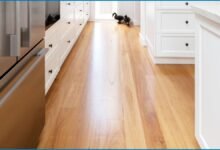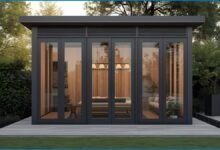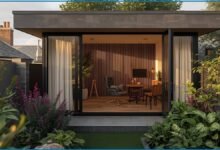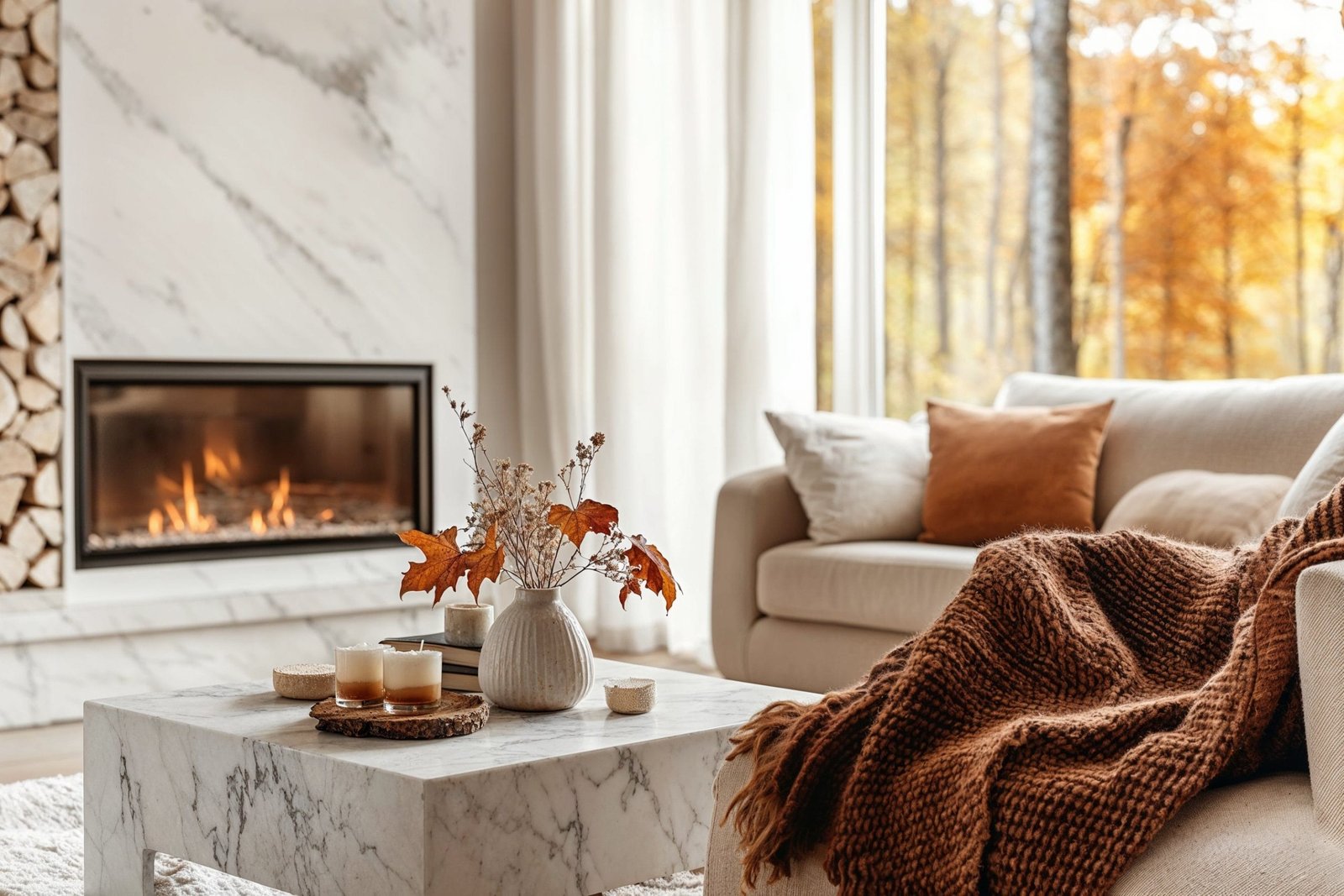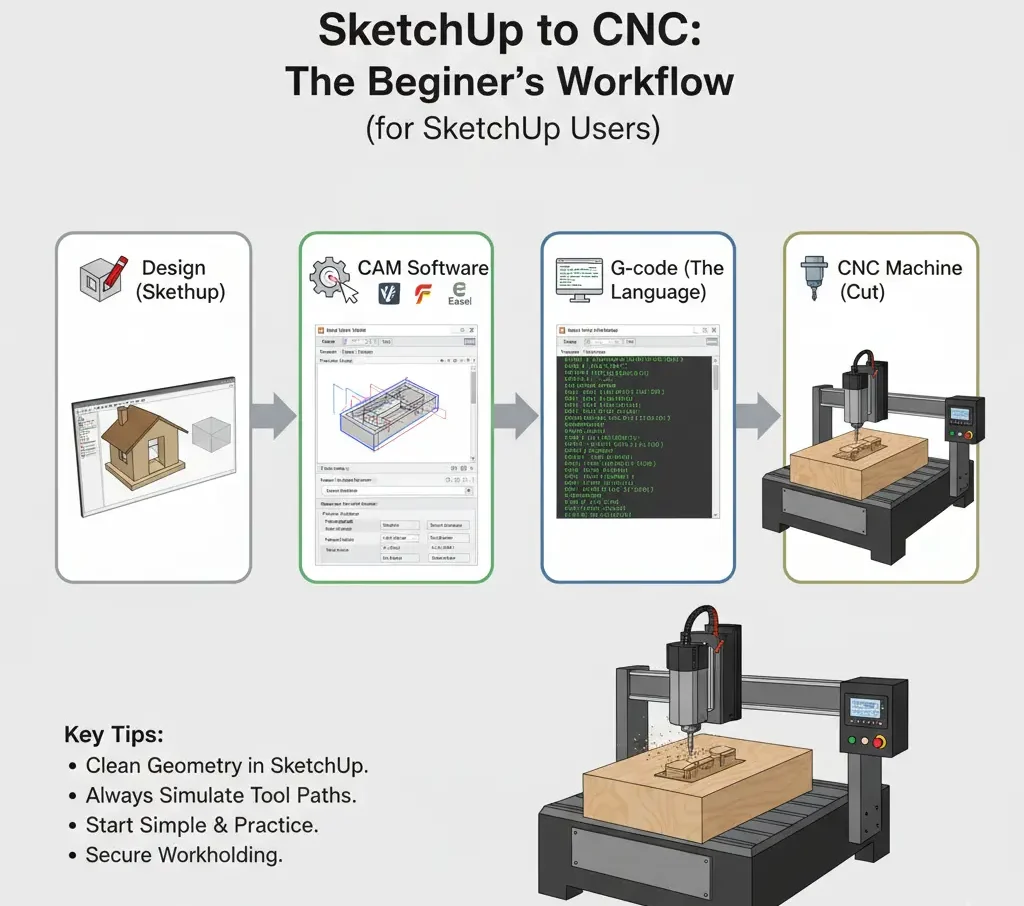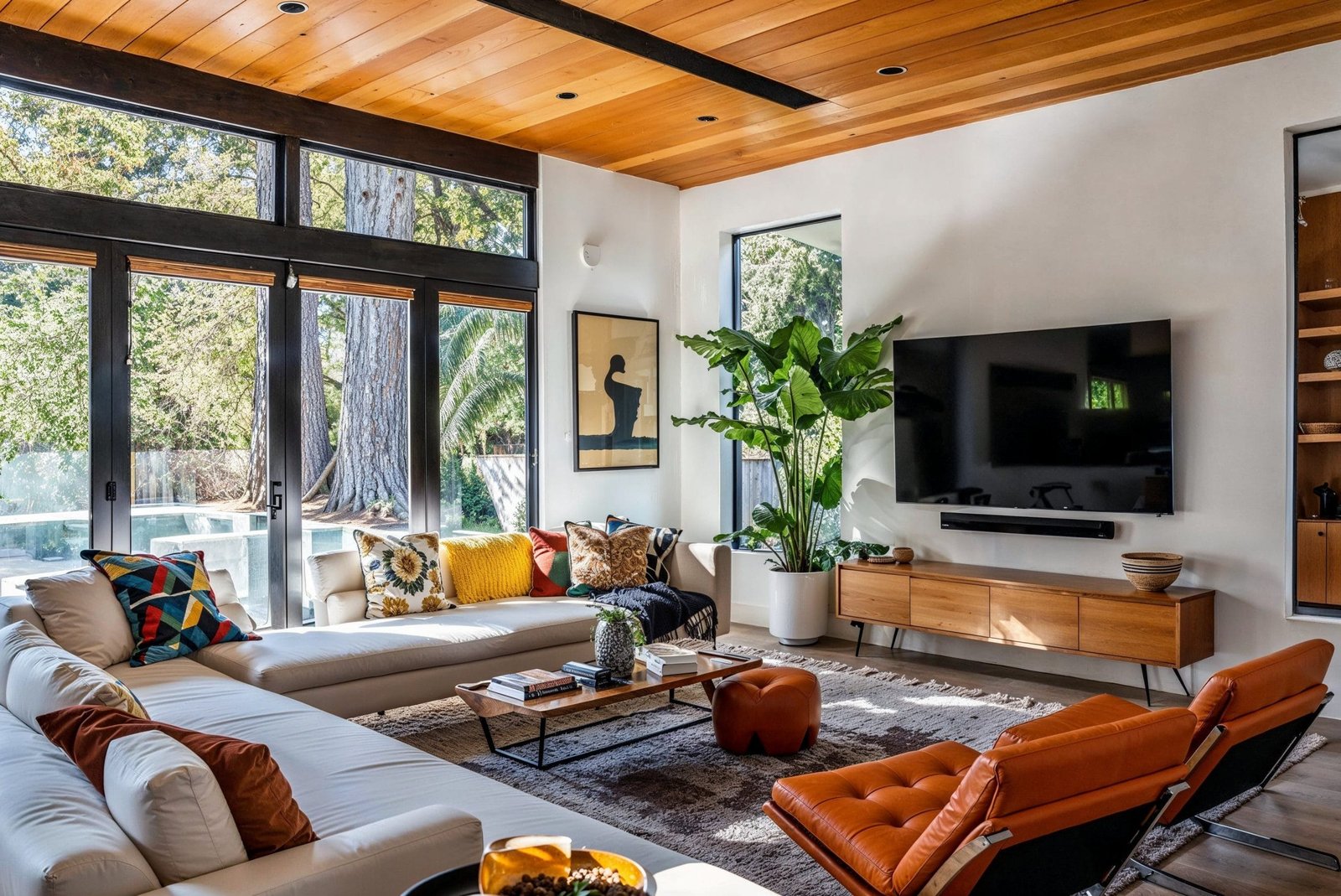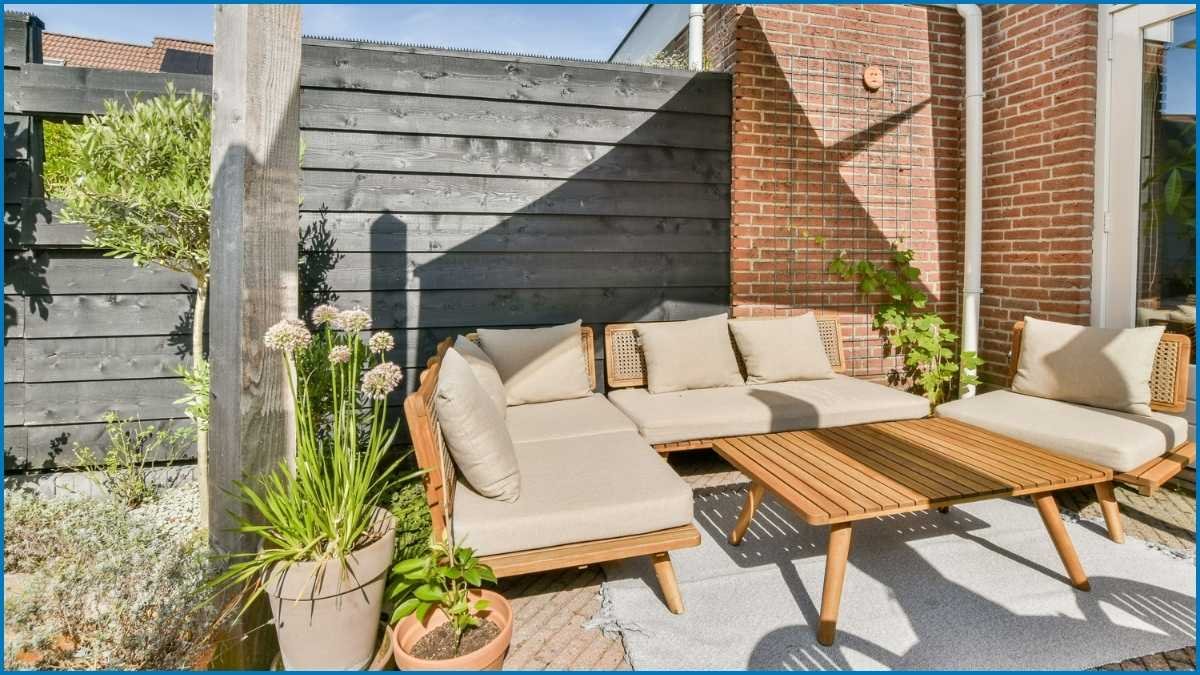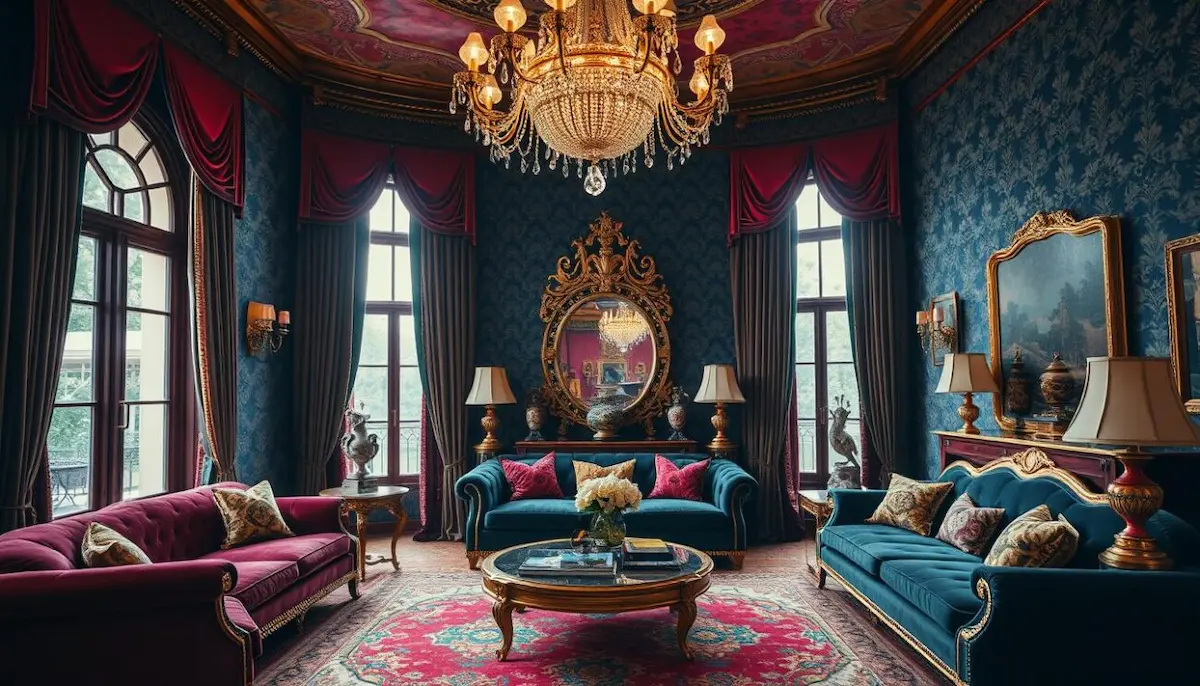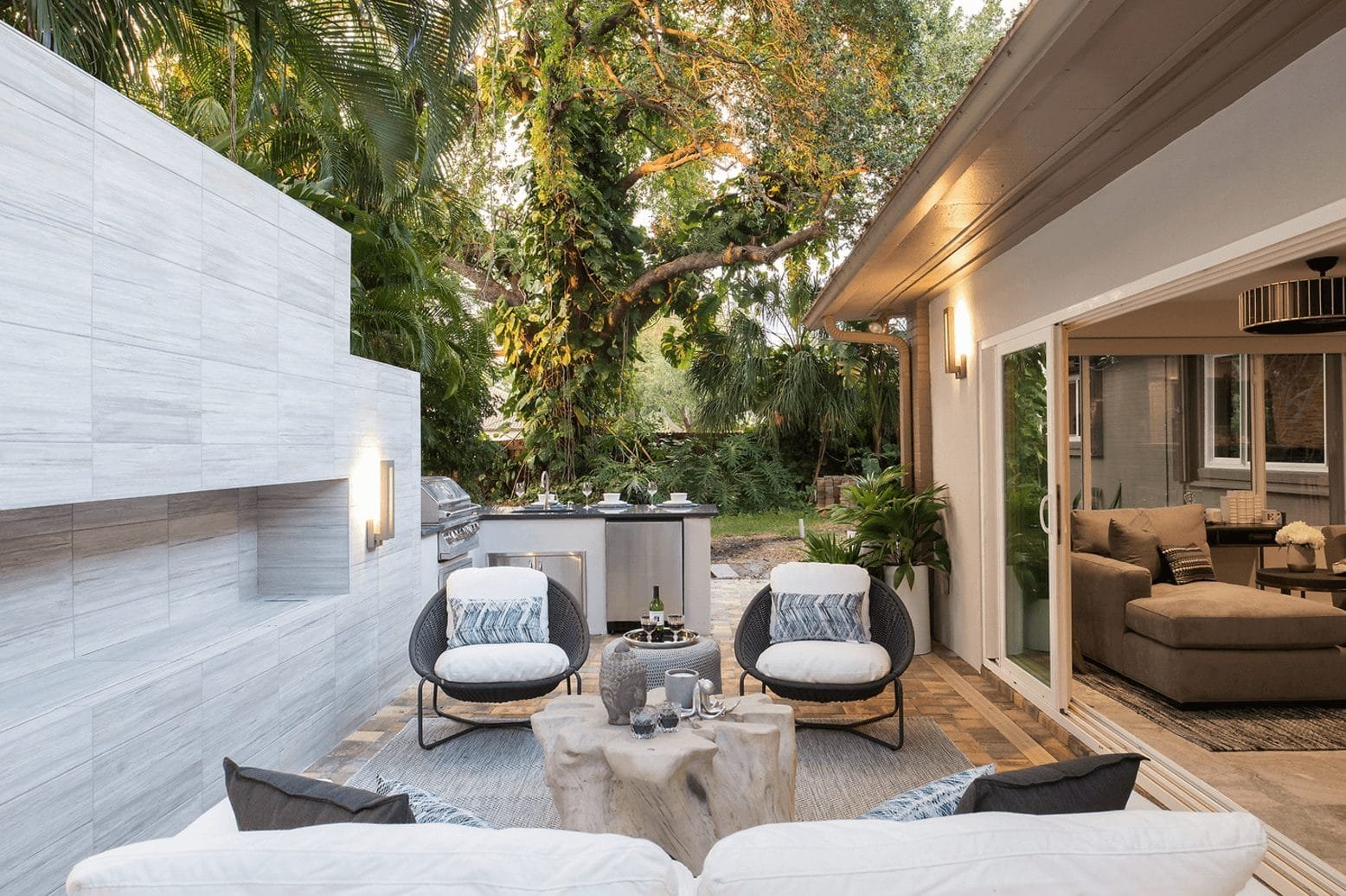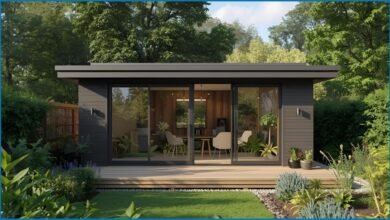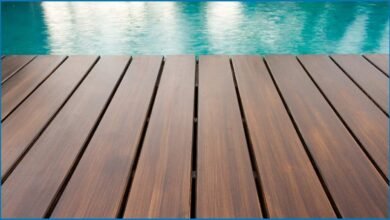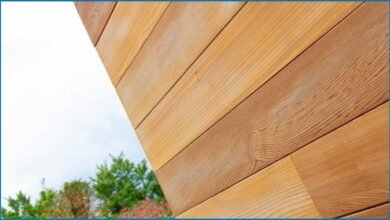The Essential Guide to Choosing the Right Timber for Garden Projects
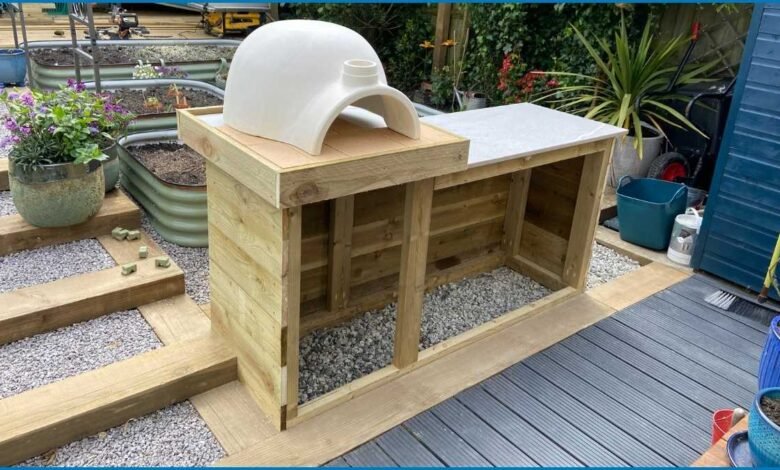
When planning any outdoor project—be it a simple fence, a deck, a shed, or a complete garden room—the **choice of Timber for Garden Projects** is perhaps the most critical decision you’ll make. The timber you select dictates not only the final look of your structure but also its **durability**, resistance to **moisture**, and long-term **maintenance** needs. This guide covers the best wood options for external use, with a special focus on structures like garden rooms and sheds.
Why Timber Choice Matters for Garden Projects 🌳
Wood in your garden is exposed to the elements year-round. Rain, frost, and intense summer sun can all take a toll, leading to warping, cracking, or rot if the wood isn’t chosen carefully. Selecting the right timber ensures your garden structure remains both **attractive** and **structurally sound** for years to come.
The main factors to consider:
- Durability: How long the wood will last outdoors without decomposing.
- Moisture Resistance: Its ability to withstand wet conditions without rotting or swelling.
- Workability: How easy it is to cut, shape, and join.
- Cost: Balancing your budget with the required performance and longevity.
Top Types of Timber for Garden Projects
1. Pressure-Treated Softwood (Pine, Spruce, Fir)

- Pros: Affordable, widely available, and easy to work with. The pressure treatment significantly improves resistance to rot, fungi, and insect attack, making it suitable for long-term outdoor use.
- Cons: A slightly higher cost than untreated softwood. It often has a green tint when new, which fades to a natural gray over time.
- Best for: Decking frames, fencing, basic garden sheds, and general DIY projects where value and durability are key.
2. Cedar

- Pros: Naturally resistant to moisture, insects, and rot due to its natural oils. It has a beautiful, appealing reddish-brown color and a pleasant aroma. It requires less maintenance than treated softwood.
- Cons: Higher cost compared to standard pressure-treated softwood.
- Best for: High-end garden rooms, exterior cladding, outdoor furniture, and decking where aesthetics and longevity are paramount.
3. Oak

- Pros: Extremely durable, strong, and naturally resistant to decay. It offers a classic, premium look.
- Cons: Expensive, heavy, and significantly more difficult to cut and work with than softwoods.
- Best for: Structural frames for distinguished garden buildings (e.g., bespoke or traditional style), or major long-term structural investments.
4. Larch

- Pros: Hard-wearing and naturally water-resistant. It’s often more affordable than Cedar and weathers to an attractive silver-grey over time if left untreated.
- Cons: Can be slightly more expensive than standard pressure-treated softwood and can be prone to splitting if not pre-drilled when fixing.
- Best for: External cladding, fencing panels, and garden structures where natural weather resistance is a priority.
Best Timber Choices for Garden Rooms and Sheds
When planning a **garden room**, you need timber that balances **strength**, **insulation potential**, and **visual appeal**. **Cedar** and **Oak** are premium choices, providing stunning aesthetics and longevity. However, **pressure-treated softwood** or **Larch** can offer excellent durability at a much more affordable cost, especially for the internal frame.

For simple **sheds**, the priority is usually **cost-effectiveness** and **weather resistance**. Pressure-treated softwood is the go-to, economical option. Cedar is a fantastic choice if you want a more attractive finish with minimal long-term maintenance.
👉 For design inspiration, consider looking at garden room plans that include specific wood recommendations designed for different budgets and styles.
Tips to Extend Your Timber’s Lifespan Outdoors ✨
- Always apply a **high-quality wood stain** or preservative regularly, even if the wood is pressure-treated.
- Ensure there is **good airflow** around all wooden structures to prevent moisture accumulation.
- Use **raised foundations** (like concrete pads or bearers) for sheds and garden rooms to avoid direct ground contact.
- Re-apply protective treatments every **two to three years** or as the manufacturer recommends.
- When cutting pressure-treated wood, always **re-treat the cut ends** with a suitable end-grain preservative.
Final Thoughts
The **best wood** for your garden project depends entirely on your project’s goals, budget, and desired final appearance. For premium, low-maintenance results, **Cedar**, **Oak**, and **Larch** are top contenders. However, **pressure-treated softwood** provides exceptional value for the majority of DIY garden projects. By making the correct timber choice, your garden structure will not only look beautiful but will also stand strong for many years to come.
Frequently Asked Questions (FAQs)
Q: Do I need to treat pressure-treated wood?
A: While the pressure treatment protects the wood from rot and insects, a **water repellent finish** (like a stain or sealant) is highly recommended. This will protect the wood from the effects of weathering, help prevent warping and cracking, and maintain its appearance.
Q: What is the most budget-friendly wood for a garden shed?
A: **Pressure-treated softwood** (often pine) is generally the most budget-friendly option. It provides a good balance of cost and durability for basic structures like sheds and fences.
Q: How long does Cedar cladding typically last?
A: High-quality Cedar cladding, properly installed and maintained, can last **20 to 30 years or more**. Its natural oils give it excellent decay resistance, contributing to its long lifespan.
📚 Sources & References
To ensure the accuracy and depth of this guide, the following internal and external sources were consulted:
🔗 Internal References from Sketch 3D Art
- Garden Room Roof Guide: Timber Sizes, Spans, and Load Calculations
- Small Garden Room Ideas for Multi-Use Spaces
- Discover Modern Furniture Projects You Can DIY
🌐 External References
- Wood Create – Complete Guide to Choosing the Right Timber for Garden Projects 1
Offers a detailed breakdown of timber types, their weather resistance, and best use cases for garden rooms, sheds, and decking. - Linnell Bros – Comprehensive Guide to Timber for Outdoor Use 2
Explores durability, pest resistance, and sustainability factors when selecting wood for exterior applications. - Timber Tropics – Best Types of Wood to Use Outside 3
Highlights top-performing wood species like cedar, teak, and pressure-treated pine, with tips on maintenance and longevity.
These sources provide valuable insights into timber selection, treatment methods, and practical applications for garden structures. For deeper technical specifications or design inspiration, we recommend exploring the linked articles and organizations.

